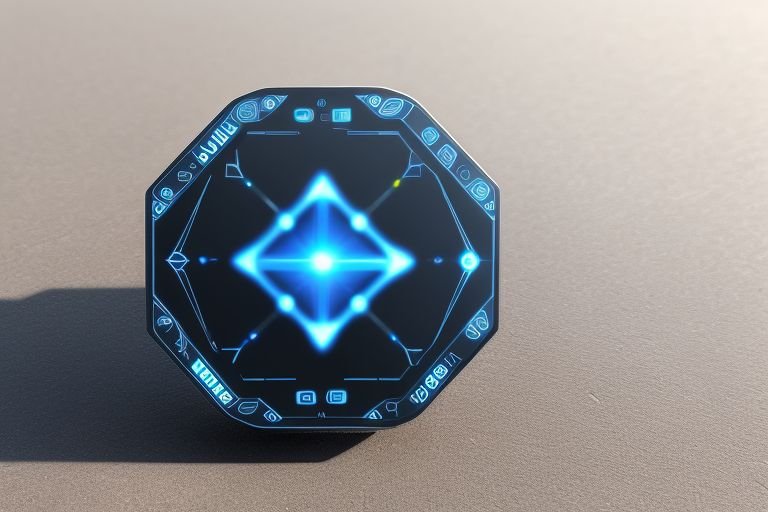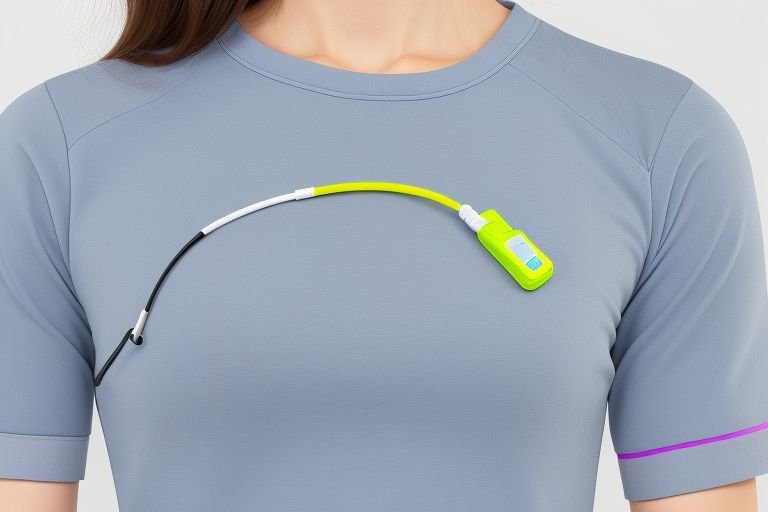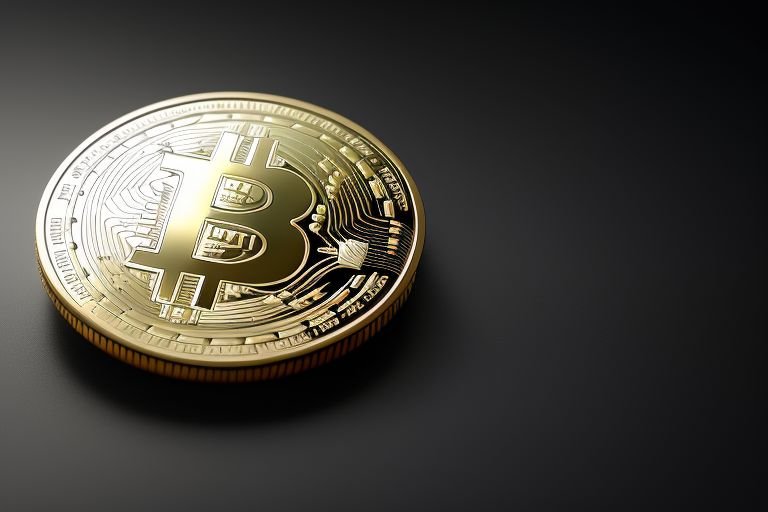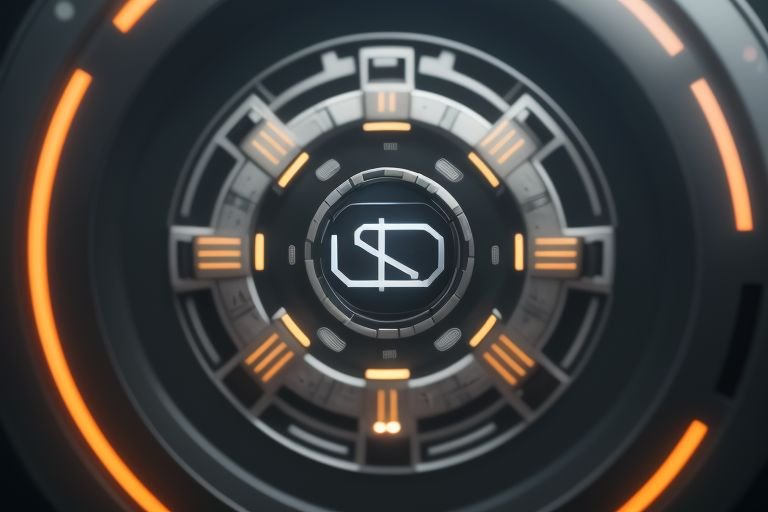In a remarkable scientific achievement, researchers at the Institute of Neurotechnology have developed a groundbreaking brain-computer interface (BCI) that promises to revolutionize the field of assistive technology.
The new BCI system, dubbed “Neuro-Link,” utilizes advanced neural decoding algorithms and high-resolution brain imaging to establish a direct, real-time communication channel between the human brain and computer systems. This breakthrough allows individuals with physical disabilities or neurological conditions to control a wide range of assistive devices and digital interfaces using only their thoughts and neural activity.
“Neuro-Link represents a paradigm shift in the way we approach assistive technology,” said Dr. Aisha Sharma, the lead researcher on the project. “By directly tapping into the brain’s natural language of neural signals, we are enabling individuals to regain control over their environment and reclaim their independence in a way that was previously unimaginable.”
The system works by placing a specialized headset equipped with high-density electroencephalography (EEG) sensors on the user’s head. These sensors detect the user’s neural activity, which is then processed by the Neuro-Link software to identify specific patterns associated with different mental commands or intentions. These commands are then translated into digital signals that can be used to control a wide range of assistive devices, from wheelchairs and prosthetic limbs to communication aids and smart home systems.
“The implications of this technology are truly profound,” said Dr. Sharma. “Neuro-Link has the potential to dramatically improve the quality of life for individuals living with physical disabilities, neurological disorders, or other conditions that limit their ability to interact with the world around them.”
In addition to its practical applications, the Neuro-Link system also opens up new avenues for scientific research and the exploration of the human brain’s inner workings. By providing a direct window into neural activity, the technology could lead to groundbreaking discoveries in neuroscience and the development of more advanced brain-computer interfaces.
“This is just the beginning of a new era in assistive technology and human-computer interaction,” said Dr. Sharma. “With Neuro-Link, we are not only empowering individuals to regain their independence, but also expanding the frontiers of what’s possible in the realm of human-machine collaboration.”
The research team at the Institute of Neurotechnology plans to continue refining and expanding the capabilities of the Neuro-Link system, with the goal of making this transformative technology widely available to those in need.























+ There are no comments
Add yours